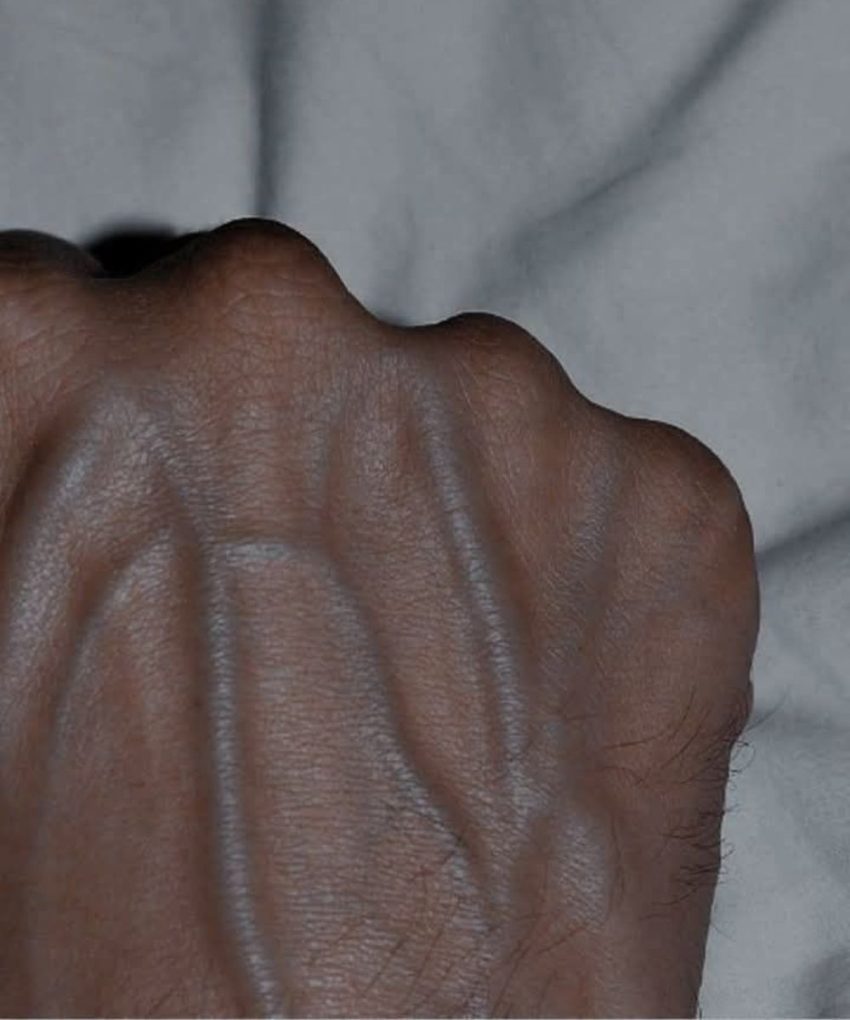Some people think that having visible veins, especially on your arms, hands, or legs, means you are older, have little body fat, or are active. But in some cases, veins that suddenly become visible may be a sign of health problems that need to be looked into. Here are five things that could be causing those veins to bulge out.
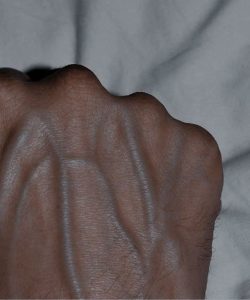
1. Chronic Venous Insufficiency (CVI)
Blood can’t flow back to the heart as well when the valves in your veins are weak or break. This problem is known as chronic venous insufficiency. Because of this, blood can collect in the arms and legs, making veins look larger, twisted, or bulging.
These are some of the signs:
Rope-like veins
Legs that ache, feel heavy, or get bigger
Changes in colour or sores around the ankles
CVI is more common in older people and people who stand or sit for a long time. If not treated, it can cause big issues, such blood clots or ulcers on the legs.
2. Veins that are swollen
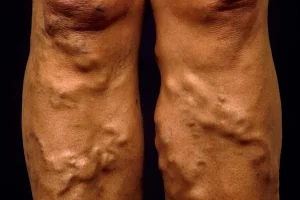
Varicose veins are a common vein condition that can make veins look swollen and twisted, typically in the legs and sometimes in the arms. Most people think of them as cosmetic issues, but they could be symptoms of vein problems.
You could see:
Veins that are dark blue or purple and protrude out or bulge.
Itching, burning, or throbbing near the veins
Pain or fatigue in the affected leg
Genetics, pregnancy, being overweight, and standing for lengthy periods of time all increase the chance of getting it.
3. Deep vein thrombosis (DVT)
Deep vein thrombosis (DVT) is a serious condition that happens when a blood clot forms in a deep vein, commonly in the leg or thigh. Even while the clot isn’t always visible, several things might make superficial veins bulge or stand out because blood flow is blocked.
Things that are going wrong are:
A abrupt swelling in one leg
Pain or soreness, usually starting in the calf
The skin may seem red or feel warm when you touch it.
DVT can be dangerous because a clot might migrate to the lungs (pulmonary embolism). As soon as possible, you should see a doctor.
4. Heart failure might make it hard to breathe.
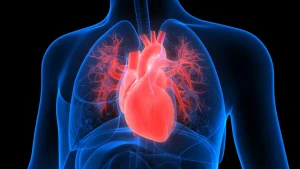
When the heart can’t pump blood well, pressure builds up in the veins. This makes them swell and show up, especially in the neck, hands, or lower legs.
Here are some other signs:
Not being able to breathe
Weakness and tiredness
The feet, ankles, or legs may swell.
A doctor must treat CHF, which is a long-term condition. If you can see your veins and have symptoms of heart failure, you should see a doctor very away.
5. PVD, which stands for peripheral vascular disease
PVD is a condition in which blood vessels that are too tiny make it harder for blood to flow to the arms and legs. Changes in venous circulation can also cause veins to become apparent as the body moves blood through smaller channels to make up for changes in arteries.
Possible signs:
Legs that are tired and aching
PVD is often linked to atherosclerosis and can make your hands and feet feel numb or cold. It can also boost the risk of heart attack or stroke. It can also make wounds heal poorly or affect the colour of skin.
When to See a Doctor
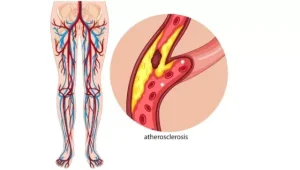
Veins that you can see are usually not harmful, especially if they have grown slowly over time. But you shouldn’t disregard changes in your appearance, pain, or swelling that you didn’t expect. If you notice:
Suddenly, one limb had more veins than the other.
Veins that ache or throb
You should consult a doctor if your skin changes colour or wounds don’t heal. Finding vascular abnormalities early can help keep them from growing worse later on.
Last thought:
Your veins do more than just move blood; they can also send important messages. ning signs. Listen to what your body is trying to tell you. If your veins suddenly appear, it might just be your body pleading for help.
